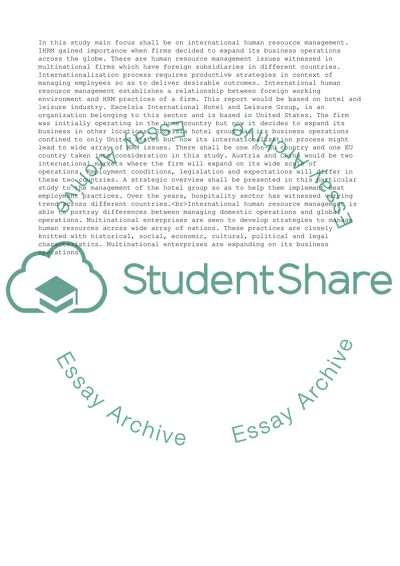Cite this document
(Faculty of Business Environment and Society Essay - 12, n.d.)
Faculty of Business Environment and Society Essay - 12. https://studentshare.org/human-resources/1879717-faculty-of-business-environment-and-society
Faculty of Business Environment and Society Essay - 12. https://studentshare.org/human-resources/1879717-faculty-of-business-environment-and-society
(Faculty of Business Environment and Society Essay - 12)
Faculty of Business Environment and Society Essay - 12. https://studentshare.org/human-resources/1879717-faculty-of-business-environment-and-society.
Faculty of Business Environment and Society Essay - 12. https://studentshare.org/human-resources/1879717-faculty-of-business-environment-and-society.
“Faculty of Business Environment and Society Essay - 12”. https://studentshare.org/human-resources/1879717-faculty-of-business-environment-and-society.


